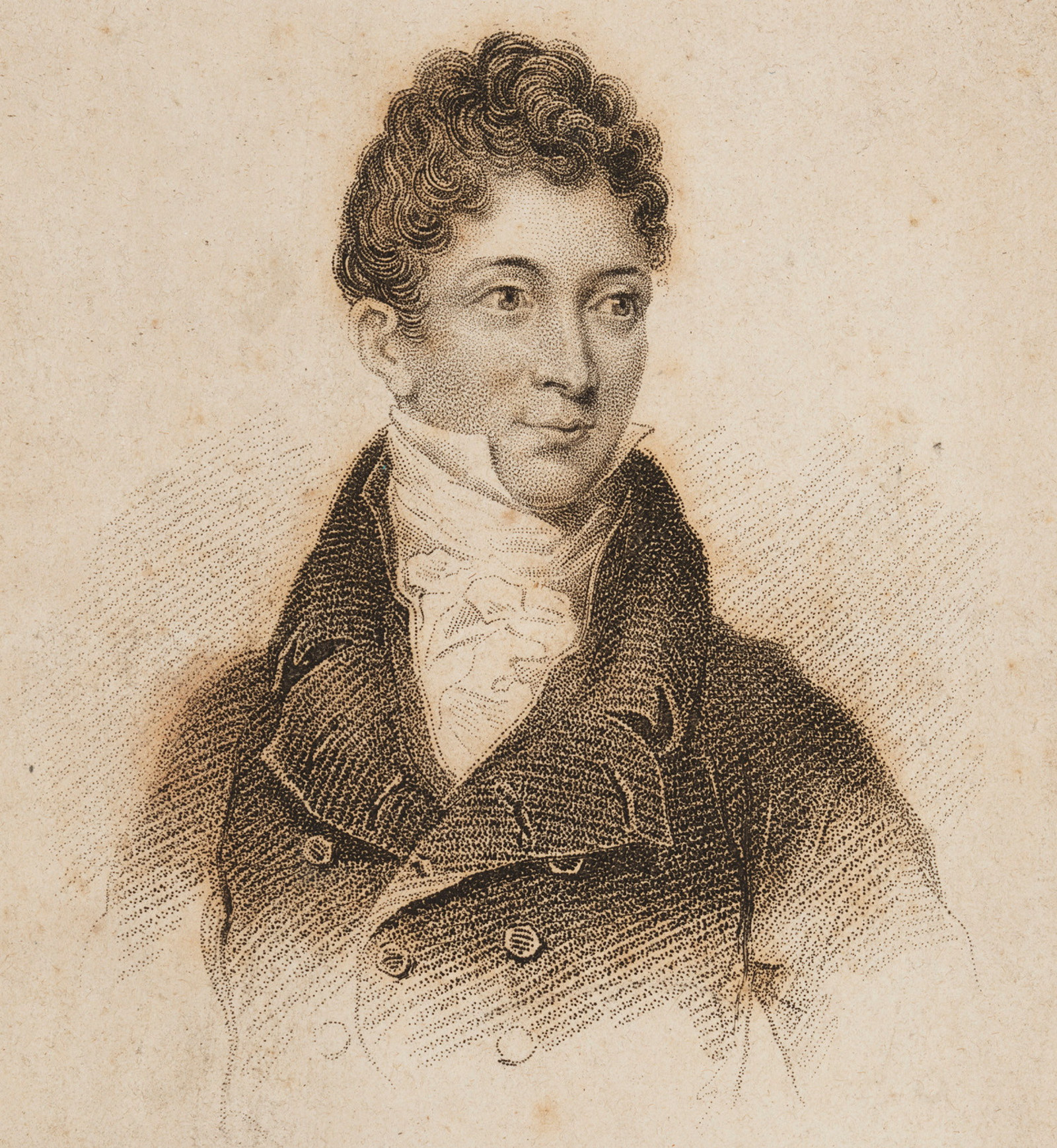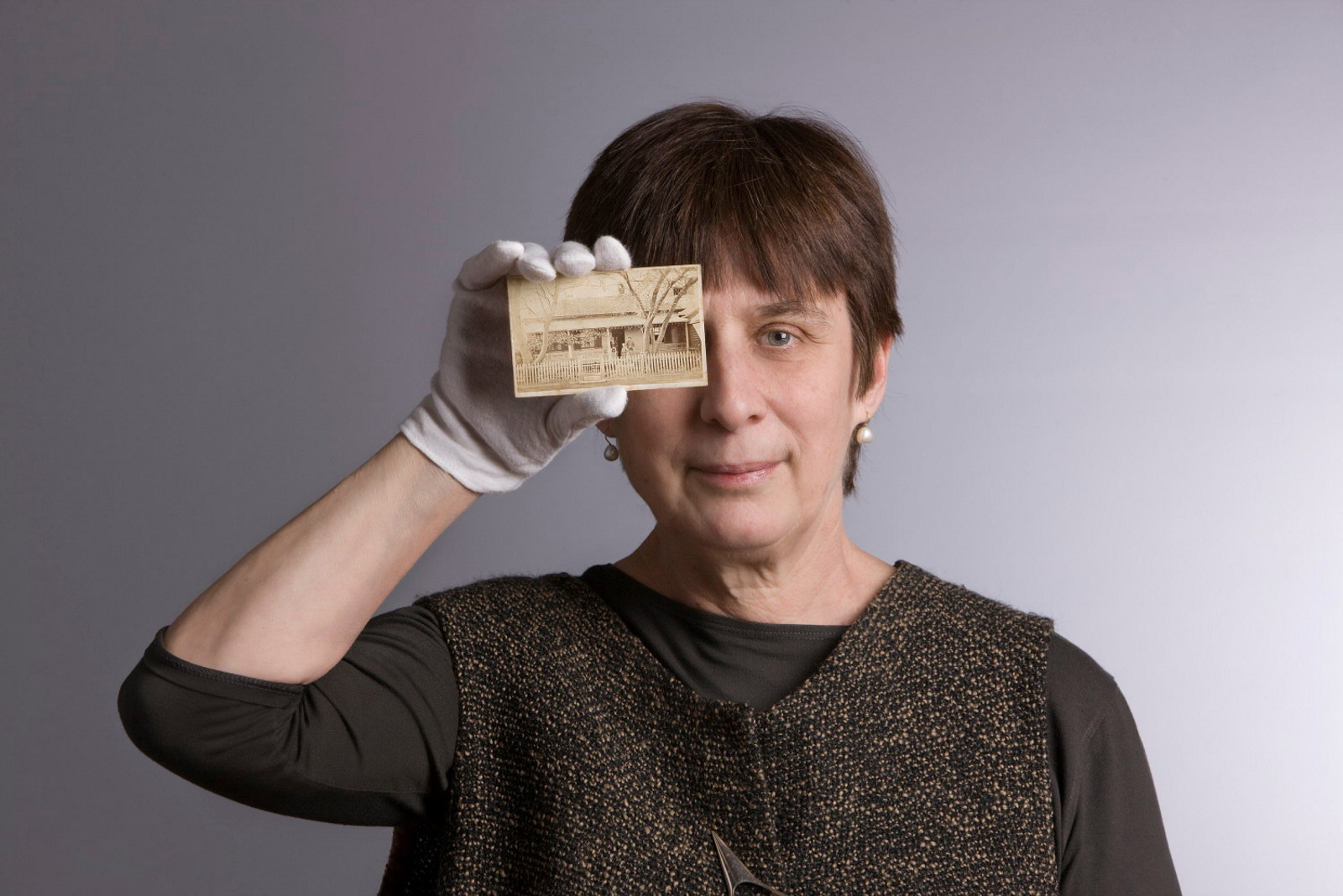From the collection: Richard Browne watercolours
Richard Browne (1776–1824) was a Dublin-born convict artist who was transported to NSW in 1811 and spent most of his seven-year sentence at the secondary penal settlement of Newcastle. In 1812–13 he was commissioned by Lieutenant Thomas Skottowe, the commandant at Newcastle, to make a series of drawings to illustrate Skottowe’s planned natural history publication Select specimens from nature of the birds, animals &c &c of New South Wales. Browne produced 32 drawings for the project.
When Browne returned to Sydney at the end of his sentence he produced for sale a number of near identical watercolours of specimens that he had originally drawn for Skottowe, including the Australian lyrebird, Menura superba, and the Regent bowerbird, Sericulus chrysocephalus, reproduced here. Browne’s first depiction of the lyrebird had too many feathers – two large lyre-shaped outer feathers, two wire-like inner ones and 16 filamentary feathers instead of 12 – but this later drawing has the correct number of filamentary feathers. In his manuscript, Skottowe gave the lyrebird’s local Aboriginal name as Gongol. Browne favoured the lyrebird’s English common name, mountain pheasant.
Skottowe thought that he was the first European to procure a specimen of Sericulus chrysocephalus and bestowed the name Regent in recognition of the fact that the Prince of Wales had recently become Prince Regent. As it happened, the artist J W Lewin had in 1808 already published a drawing of this bird, which he called the golden-crowned honeysucker. Although Skottowe’s manuscript wasn’t published in his lifetime, the name Regent remained in currency, perhaps due to the number of copies Browne made and sold of this drawing in Sydney between 1819 and 1821.
Published on
Related

Convict Sydney
James Hardy Vaux
Some convicts were transported more than once. Vaux was sent to the colony three times, each time arriving under a different name

Convict Sydney
Pick of the crop
Convicts could earn good money doing private work, so many tried to conceal their skills during the initial muster to avoid being assigned to government projects

Convict turned constable
A recently donated letter, signed by the governor of NSW in 1832, offers a tangible connection to the story of Samuel Horne, a convict who rose to the rank of district chief constable in the NSW Police

Cultivating a therapeutic landscape
Tracing the evolution of the Parramatta Female Factory to a hospital
